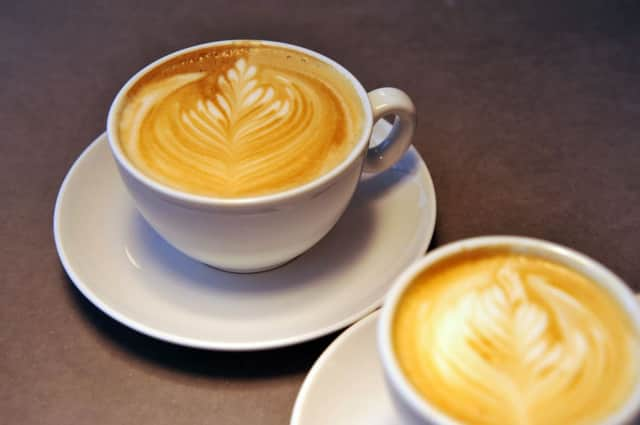Lyndsay Buckland: Caffeine storm could be brewing


Every day people around Scotland stagger into offices clutching bucket-sized beakers of coffee. For some, this is a morning pick-me-up while others need regular topping up throughout the day.
Energy drinks packed with caffeine have also become popular, particularly with younger people.
Advertisement
Hide AdAdvertisement
Hide AdIn a new book, Caffeinated, Murray Carpenter explores the modern addiction that is caffeine. One expert points out that while caffeine is not considered to be a drug of abuse, it has all the features of one – mood altering, producing physical dependence and withdrawal symptoms if use stops.
It is difficult to unpick the health risks linked to excessive caffeine intake. While there are clearly some groups who should limit their consumption, such as pregnant women, for most it would appear that a bit too much caffeine is unlikely to do lasting harm.
But those rare cases where caffeine use has been suggested as a possible link to death or serious illness mean we cannot ignore it, especially as our love affair with the substance shows no signs of abating.
Of particular concern appears to be the massive variations in caffeine content found in coffees sold by shops. One study in Glasgow in 2012 found that caffeine concentration varied from 56mg to 196mg per 28ml serving. Four cafes served up espressos containing more than 200mg of caffeine.
While these levels alone may not be harmful, if you were someone who for whatever reason was trying to control your caffeine intake it is worrying that amounts range so widely.
In the UK the Food Standards Agency is taking action to improve labelling on high-caffeine energy drinks. Later this year any drinks which contain caffeine concentrations higher than 150mg per litre must state: “High caffeine content. Not recommended for children or pregnant or breastfeeding women.”
But it is hard to imagine similar warnings appearing on the side of paper cups in coffee shops any time soon. Perhaps the argument is that it’s obvious they contain caffeine, people know this and it’s part of the reason they want to consume it.
But just as knowledge about the health impacts of smoking and alcohol have grown over the decades, perhaps we’ll get a new understanding of the risks of caffeine addiction in the years to come.